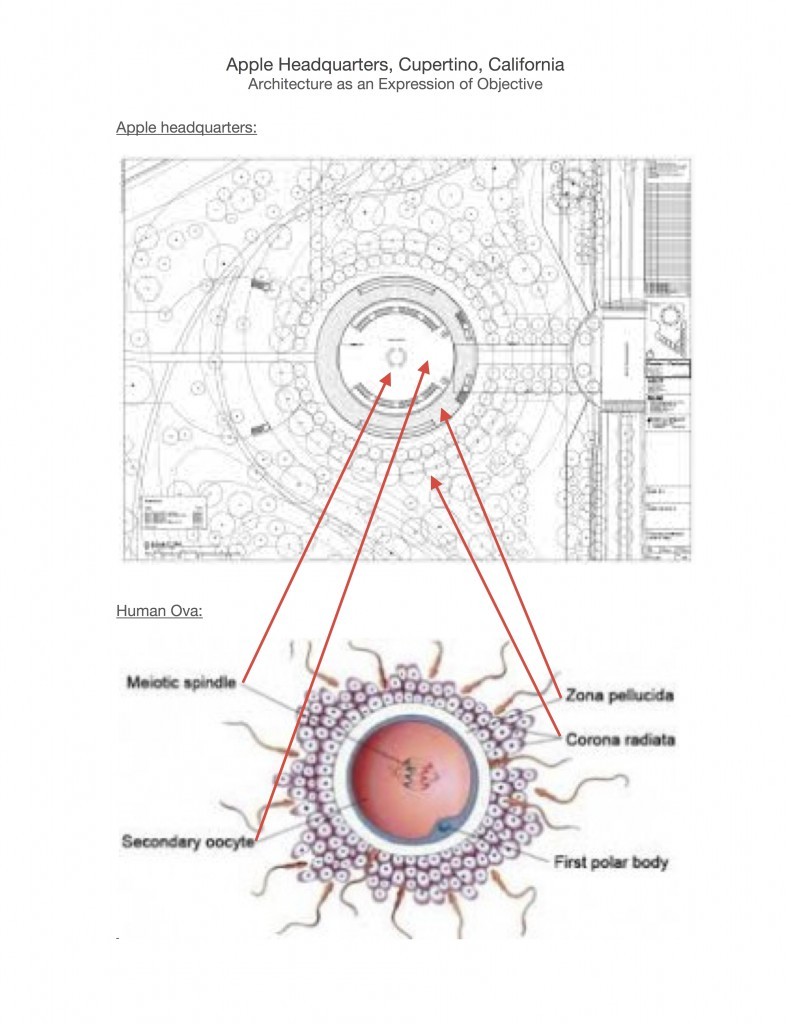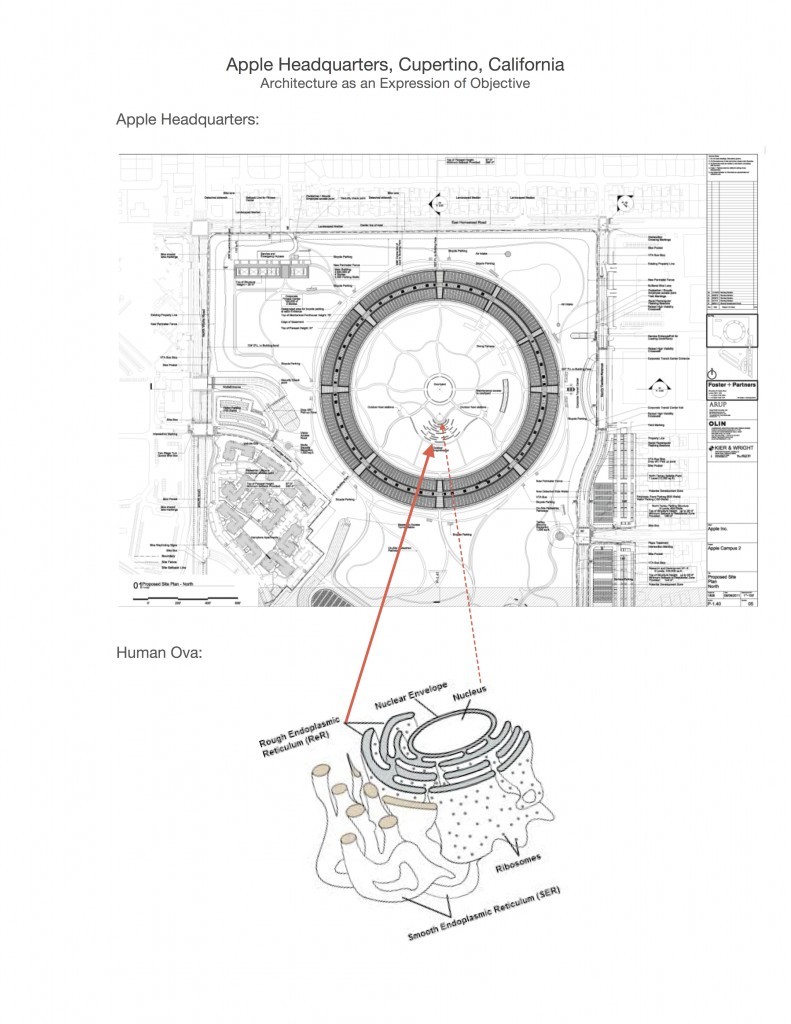THE HAND OF PLETKA

THE HAND OF PLETKA- HANDING OUT IPADS TO STUDENTS

Figure 1 Electromagnetic field application method for experimental animals.
THE HAND OF PLETKA

Figure 1 Electromagnetic field application method for experimental Fullerton students.
THE HAND OF PLETKA

Note the location of THE WIFI ANTENNA
So here we have an experimental study on exposing rats for 15 minutes a day for 15 days and counting the number of ovarian follicles that remain after irradiation. You know how tough rats are and yet the results are horrifying. What is this doing to our children?
https://www.researchgate.net/publication/275671623
So here we have a forced experiment being conducted on Fullerton School District students who are forcible exposed several hours a day 5 days a week 180 days a year.
Exposure device for the rats
An exposure device with a special antenna was used for generating the EMF (5 W peak output power and 1.04 mW/cm2 power density), and the exposure emission was maintained at 900 MHz with a pulse repetition frequency of 217 Hz

Figure 2 Electromagnetic field application device.
Exposure device for the students
An exposure device with a special antenna placed on students zippers was used for generating the EMF (1 W peak output power and .50 mW/cm2 power density), and the exposure emission was maintained at 2.4 GHz and 5.o GHz with a pulse repetition frequency of 217 Hz for 365 days a year for hours at school and at home on the abdomen.

The specific energy absorption rate (SAR) varied from .074 W/kg to 1.19 W/kg for the entire body.
Here are the numbers from the forced experiment on the Fullerton students

Here are the numbers from the experiment on the rats.
An exposure device with a special antenna was used for generating the EMF (5 W peak output power and 1.04 mW/cm2 power density), and the exposure emission was maintained at 900 MHz with a pulse repetition frequency of 217 Hz
The specific energy absorption rate (SAR) varied from 0.018 W/kg to 4 W/kg for the entire body.
So here is the conclusion from the experiment with the rats: AN APPROXIMATE 50% REDUCTION IN THE OVARIAN FOLLICLES OF THE MICROWAVE EXPOSED RATS-READ THAT STERILIZATION LADIES AND GENTLEMEN
| Experimental group (n = 8) | Control group (n = 8) | pa | |
|---|---|---|---|
| Right ovarian PF average | 34.00 ± 10.20 | 78.50 ± 25.98 | <0.001 |
| Left ovarian PF average | 36.00 ± 10.53 | 71.75 ± 29.66 | 0.011 |
| Total ovarian PF average | 70.00 ± 19.03 | 150.25 ± 49.53 | 0.002 |
Quantitative data are presented as mean ± standard deviation values.
PF = primordial follicle.
LADIES AND GENTLEMEN-THIS IS WHAT 15 MINUTES A DAY FOR 15 DAYS DID TO RATS-LOOK AT THESE NUMBERS!
WHAT IS 5 HOURS A DAY 5 DAYS A WEEK 365 DAYS A YEAR DOING TO YOUR CHILDREN? WHERE ARE ALL THE STUDIES REPLICATING THIS EXPOSURE ON ANIMALS IN THE UNITED STATES? PUBLIC RECORDS ACT REQUESTS YIELDED NONE FROM THE FSD OR THE FJUHSD.
YOUR CHILDREN ARE TAKING PART IN IT RIGHT NOW AT THE HANDS OF PLETKA-HE REFUSES TO TURN OFF THE WIRELESS SYSTEMS. I HAVE IT IN WRITING AND ON VIDEO.
At the very least, you would think the government and industry would have gone to great lengths replicating animal experiments in the United States to determine if the classroom application of this technology is safe. No such thing folks. Oh there are military studies from decades ago that clearly state that microwaves are dangerous and after all, microwave radiation is a weapon. No only school district sycophants, school boards that ignore the evidence and local media like the Fullerton Observer that withhold information presented at both elementary and high school board meetings that the public has a right to know while the children remain in harms way being aided and abetted by their very own parents that drive by our banners on the sidewalk and throw the fliers on their windshields in the trash.
APPLE COMPUTER COMPANY’S LANDSCAPE ARCHITECTURE PLANS FOR THEIR 5 BILLION DOLLAR HEADQUARTERS IS ALL ABOUT FERTILITY LADIES AND GENTLEMEN-OPEN YOUR EYES.



SATANIC TO THE CORE AS HUMAN FERTILITY IS LITERALLY TURNED UPSIDE DOWN.
Tell me who in their right mind would ignore thousands of studies and citations warning against forcing wireless into a classroom? The Hand of Pletka continues to do just that.
MAY GOD HELP US LADIES AND GENTLEMEN



#1 by Joe Imbriano on January 28, 2016 - 10:36 pm
wireless exposure?
U.S. Department of Health and Human Services
NATIONAL INSTITUTES OF HEALTH NIH News
ENational Institute on Deafness and Other Communication Disorders (NIDCD)
<http://www.nidcd.nih.gov/>
For Immediate Release: Wednesday, January 27, 2016
CONTACT: NIDCD Press Office, 301-496-7243,
MORE THAN 1 IN 20 U.S. CHILDREN HAVE DIZZINESS AND BALANCE PROBLEMS
First large-scale, nationally representative survey finds issues slightly
more common in girls, non-Hispanic white children
More than 1 in 20 (nearly 3.3 million) children between the ages of 3 and 17
have a dizziness or balance problem, according to an analysis of the first
large-scale, nationally representative survey of these problems in U.S.
children. Prevalence increases with age, with 7.5 percent of children ages
15-17 and 6.0 percent of children ages 12-14 having any dizziness or balance
problem, compared with 3.6 percent of children ages 6-8 and 4.1 percent of
children ages 3-5. The research was led by investigators at the National
Institute on Deafness and Other Communication Disorders (NIDCD), part of the
National Institutes of Health.
Researchers found that girls have a higher prevalence of dizziness and
balance problems compared to boys, 5.7 percent and 5.0 percent,
respectively. In addition, non-Hispanic white children have an increased
prevalence of dizziness and balance problems (6.1 percent) compared with
Hispanic (4.6 percent) and non-Hispanic black (4.3 percent) children. The
findings were published online January 27 in The Journal of Pediatrics
<http://www.jpeds.com/article/S0022-3476(15)01512-7/fulltext>.
“These findings suggest that dizziness and balance problems are fairly
common among children, and parents and providers should be aware of the
impact these problems can have on our children,” said James F. Battey, Jr.,
M.D., Ph.D, director of the NIDCD and a pediatrician. “Parents who notice
dizziness and balance problems in their children should consult a health
care provider to rule out a serious underlying condition.”
Previous estimates of dizziness and balance problems in children have ranged
from 5 to 18 percent and have been based on limited, foreign,
population-based studies. To better understand the prevalence of these
problems among U.S. children, a team led by researchers from the
epidemiology and statistics program at the NIDCD analyzed data from the
Child Balance Supplement to the 2012 National Health Interview Survey
(NHIS).
The NHIS is an annual survey conducted by the National Center for Health
Statistics (NCHS) at the Centers for Disease Control and Prevention. The
survey uses personal household interviews to gather information about a
range of health topics. The Child Balance Supplement was included in 2012
and was the first large-scale supplement added to the NHIS survey to assess
dizziness and balance problems among children. The NIDCD provided funding
for the 2012 Child Balance Supplement.
The researchers analyzed data on nearly 11,000 children, ages 3 to 17, based
on parents’ responses to the survey. Parents were asked if in the past year,
their children had been bothered by symptoms of dizziness or balance
problems such as vertigo, poor balance/unsteadiness when standing up,
clumsiness/poor coordination, frequent falls, fainting or light-headedness,
or other dizziness and balance symptoms.
The researchers report that:
— Among children with dizziness and balance problems, 46.0 percent of
parents reported that the children had poor coordination; 35.1 percent
reported light-headedness; 30.9 percent had poor balance; 29.0 percent had
vertigo; 25.0 percent reported frequent falls; and 8.5 percent had other
dizziness and balance problems.
— Parents reported moderate or serious difficulties in 18.6 percent of
children with dizziness and balance problems.
— Overall, 36.0 percent of children with dizziness and balance problems
were seen by a health professional and 29.9 percent received treatment. Of
those whose parents reported moderate or serious difficulties with dizziness
and balance problems, 71.6 percent were seen by a health professional, and
62.4 percent were treated.
The researchers also found that only one-third, or 32.8 percent, of parents
with a child with a dizziness or balance problem reported having received a
diagnosis of an underlying condition. The percentage of children diagnosed
rose to 59.6 percent among children whose parents reported they had moderate
to serious difficulties with dizziness and balance problems. Reported causes
included neurological problems; ear infections; head or neck injuries or
concussions; developmental motor coordination disorder; genetic causes;
metabolic problems such as hypoglycemia; prescription medication or drugs;
severe headaches or migraines; malformation of the ear; and vision problems.
Children with any reported difficulty hearing were two times more likely to
have dizziness or balance problems compared with children who had normal
hearing. Other risk factors associated with dizziness and balance problems
included impairments that limit a child’s ability to crawl, walk, run or
play; frequent headaches or migraines; certain developmental delays; a
history of seizures in the past 12 months; stuttering/stammering; and anemia
during the last 12 months.
The analysis also revealed gender-specific risk factors. For example,
attention deficit hyperactivity disorder, attention deficit disorder, and
stuttering were linked to dizziness and balance problems in boys, while
anemia, hearing difficulties, and respiratory allergies were associated with
the condition in girls. Girls with dizziness and balance problems also
reported having more headaches and migraines compared to boys with dizziness
and balance problems.
“Our findings are consistent with the limited prevalence data in other
countries, and provide much-needed baseline estimates of dizziness and
balance problems in U.S. children,” said Howard J. Hoffman, M.A., co-author
of the study and director of epidemiology and statistics at the NIDCD
<http://www.nidcd.nih.gov/health/statistics/Pages/about.aspx>. “Dizziness
and balance problems in children continue to be an understudied area, and we
hope that this analysis leads to a better understanding of the scope and
risk factors associated with these issues.”
Chuan-Ming Li, M.D., Ph.D., an NIDCD statistician, was the lead author.
Researchers from the Johns Hopkins School of Medicine, Baylor College of
Medicine, and Marshall University also contributed to the analysis. The data
will be used to track the increase in children’s use of the healthcare
system to diagnosis and treat these disorders as part of the Healthy People
2020 initiative. Healthy People 2020 was launched in 2010 by the U.S.
Department of Health and Human Services and aims to prevent disease and
promote health, in part by increasing use of health care services.
This work was supported by the NIDCD and NCHS through an interagency
agreement (Y1-DC-7001).
The NIDCD provides health information on balance disorders
<http://www.nidcd.nih.gov/health/balance/Pages/Default.aspx>.
The NIDCD <http://www.nidcd.nih.gov/> supports and conducts research and
research training on the normal and disordered processes of hearing,
balance, taste, smell, voice, speech, and language and provides health
information, based upon scientific discovery, to the public.
About the National Institutes of Health (NIH): NIH, the nation’s medical.
research agency, includes 27 Institutes and Centers and is a component of
the U.S. Department of Health and Human Services. NIH is the primary federal
agency conducting and supporting basic, clinical, and translational medical
research, and is investigating the causes, treatments, and cures for both
common and rare diseases. For more information about NIH and its programs,
visit
NIH…Turning Discovery into Health — Registered, U.S. Patent and Trademark
Office
###
This NIH News Release is available online at:
<http://www.nih.gov/news-events/news-releases/more-1-20-us-children-have-diz
ziness-balance-problems>.